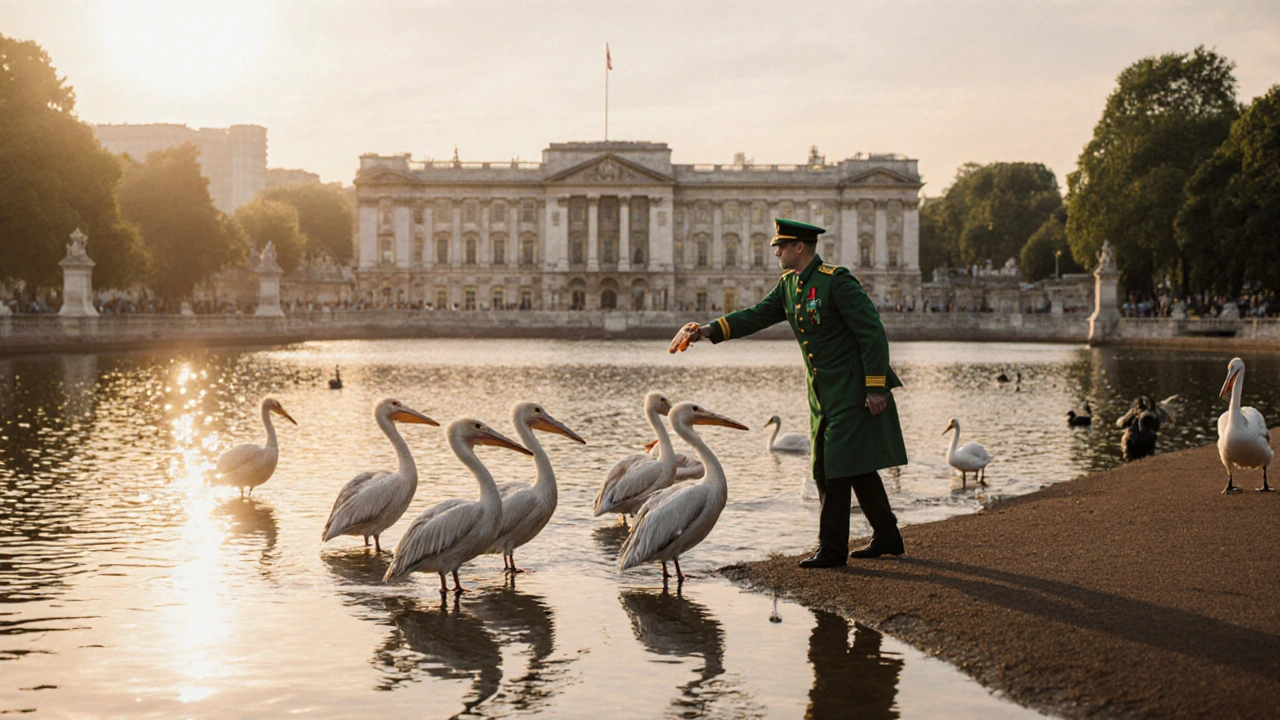St James’s Park Lake: London’s Most Beloved Urban Pond with Ducks, History, and Quiet Magic
At the heart of London, just steps from Buckingham Palace, lies St James’s Park Lake, a tranquil, man-made pond in one of London’s oldest Royal Parks, shaped by kings and shaped by time. Also known as the Lake in St James’s Park, it’s not just water—it’s a living piece of the city’s soul, where swans glide past tourists, ducks beg for crumbs, and locals sit quietly with their coffee. This isn’t a tourist gimmick. It’s a place where time slows down, and the noise of London fades into the rustle of reeds and the squawk of geese.
What makes this lake different from other city ponds? For starters, it’s been here since the 1500s, originally dug out as a duck hunting ground for Henry VIII. Later, Charles II turned it into a French-style ornamental lake, complete with bridges and flower beds. Today, it’s still managed by the Crown Estate, and the swans you see? They’re still the property of the monarch—a quirky, centuries-old tradition that few other cities still honor. The lake also connects directly to the Royal Parks, a network of eight green spaces in London, each protected by law and cherished by locals, making it part of a larger system of urban sanctuary. And then there are the duck feeding, a daily ritual where families, students, and retirees toss bread (or better yet, bird-safe pellets) to the same familiar flock. It’s not just feeding birds—it’s a quiet act of connection, repeated every day, year after year.
People come here for all kinds of reasons. Some want to escape the rush of Westminster. Others come to photograph the swans at golden hour. Students sit on the benches with their laptops, and elderly couples walk the same loop every afternoon. The lake doesn’t demand anything. It doesn’t charge entry. It doesn’t need to be Instagram-famous to matter. It just is. And that’s why it endures.
What you’ll find in the posts below are real stories from people who’ve spent time here—not just passing through, but really seeing it. You’ll read about the best times to visit for calm and quiet, how to feed the birds without harming them, where to sit for the best view of the palace, and why this one lake holds more history than most museums. You’ll learn how it connects to London’s royal past, how it supports wildlife in the middle of a city of millions, and why, after all these years, it still feels like the city’s best-kept secret.
